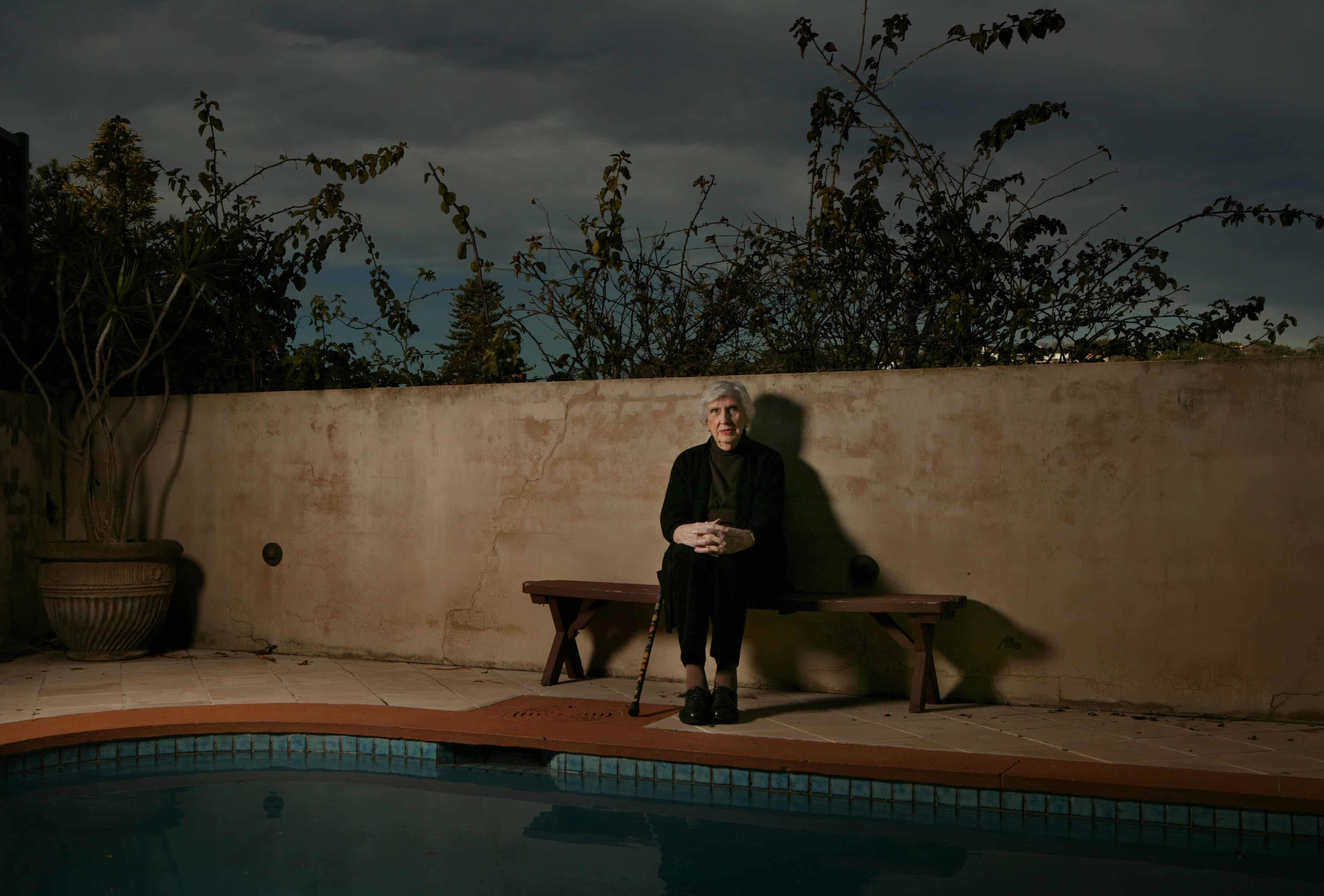
Portraits of us: the places Australians call home – in pictures
This Is My Place is a new exhibition at The National Portrait Gallery featuring more than 100 works from the gallery’s collection. It spans 250 years and tells the stories of the places that define Australians; our countries, work spaces, spiritual homes and habitats, through painting, photography, drawing, printmaking and sculpture. The exhibition opens on 21 September

Oodgeroo Noonuccal (Kath Walker) (1920–1993) was an Aboriginal activist, poet and writer. Throughout her life, she sought to stimulate cultural pride for Aboriginal people through her writing, which she described as ‘sloganistic, civil rightish, plain and simple’. Here, she is pictured at Moongalba (the sitting down place), a learning facility she established on her Country on North Stradbroke Island.
Photograph: Juno Gemes/National Portrait Gallery

Rennie Ellis photographed Alan Bond (1938–2015) on the day of his daughter Susanne’s marriage in 1985. As the bridal party finished their preparing for the wedding, Ellis went across the hall to Bond’s bedroom and photographed the tycoon as he sat on the bed watching a Tarzan movie on TV.
Photograph: Rennie Ellis/National Portrait Gallery
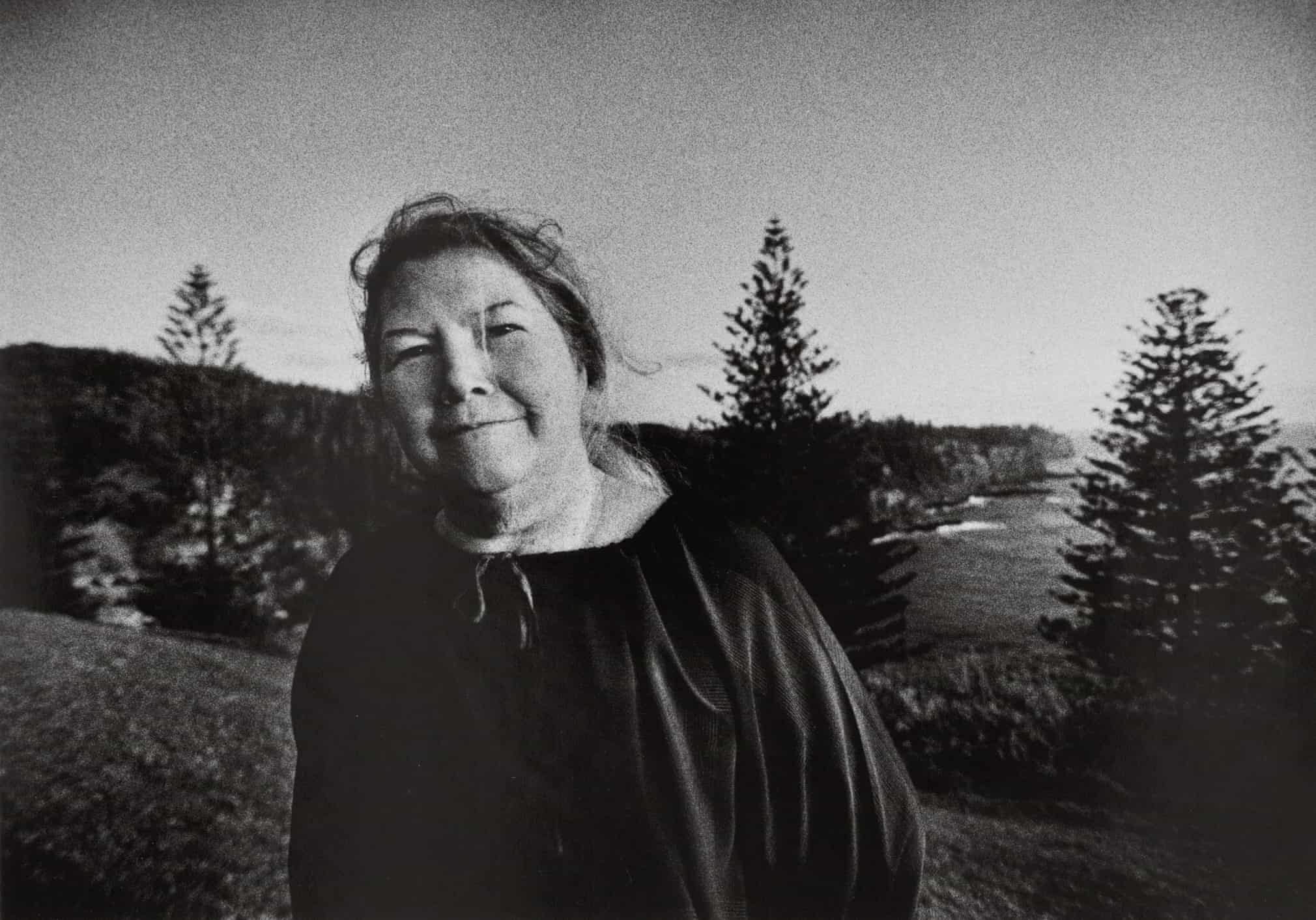
Colleen McCullough (1937–2015) worked as a neurophysiologist for more than a decade until the astonishing success of her second novel, The Thorn Birds (1977), enabled her to start writing full-time. She later settled on Norfolk Island – the setting for this photograph – where she lived, secluded from the literati, for the remainder of her life. She’s buried in a cemetery on the island that is the resting place for many descendants of Bounty mutineers.
Photograph: Anthony Browell/National Portrait Gallery
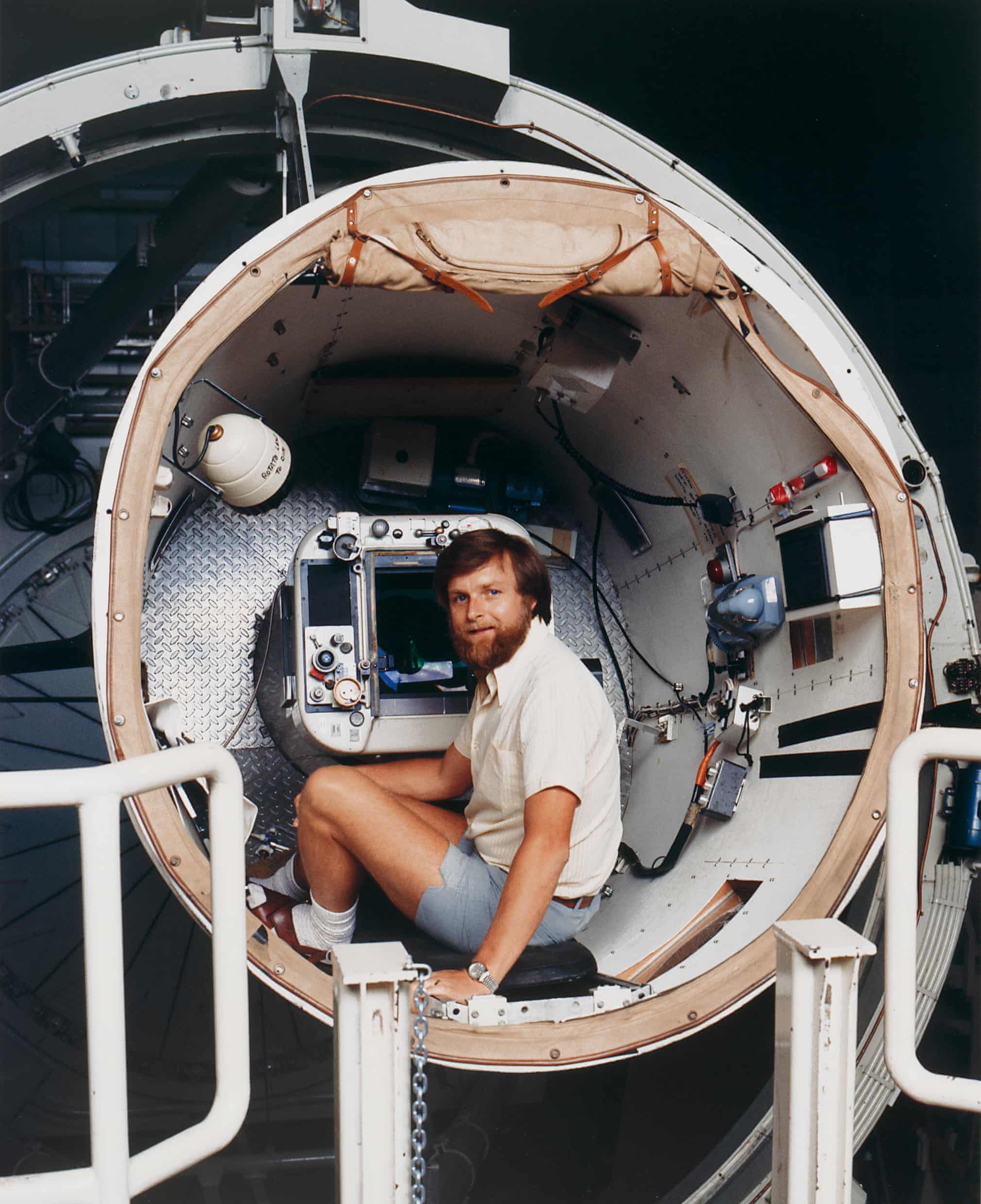
David Malin is the world’s pre-eminent astronomy photographer. In this self-portrait, he’s shown in the prime focus cage of the Anglo-Australian Observatory telescope, where he has spent many hours taking photographs, some of which require exposure times of 60 to 90 minutes to reveal the faintest objects in the sky.
Photograph: David Malin/National Portrait Gallery
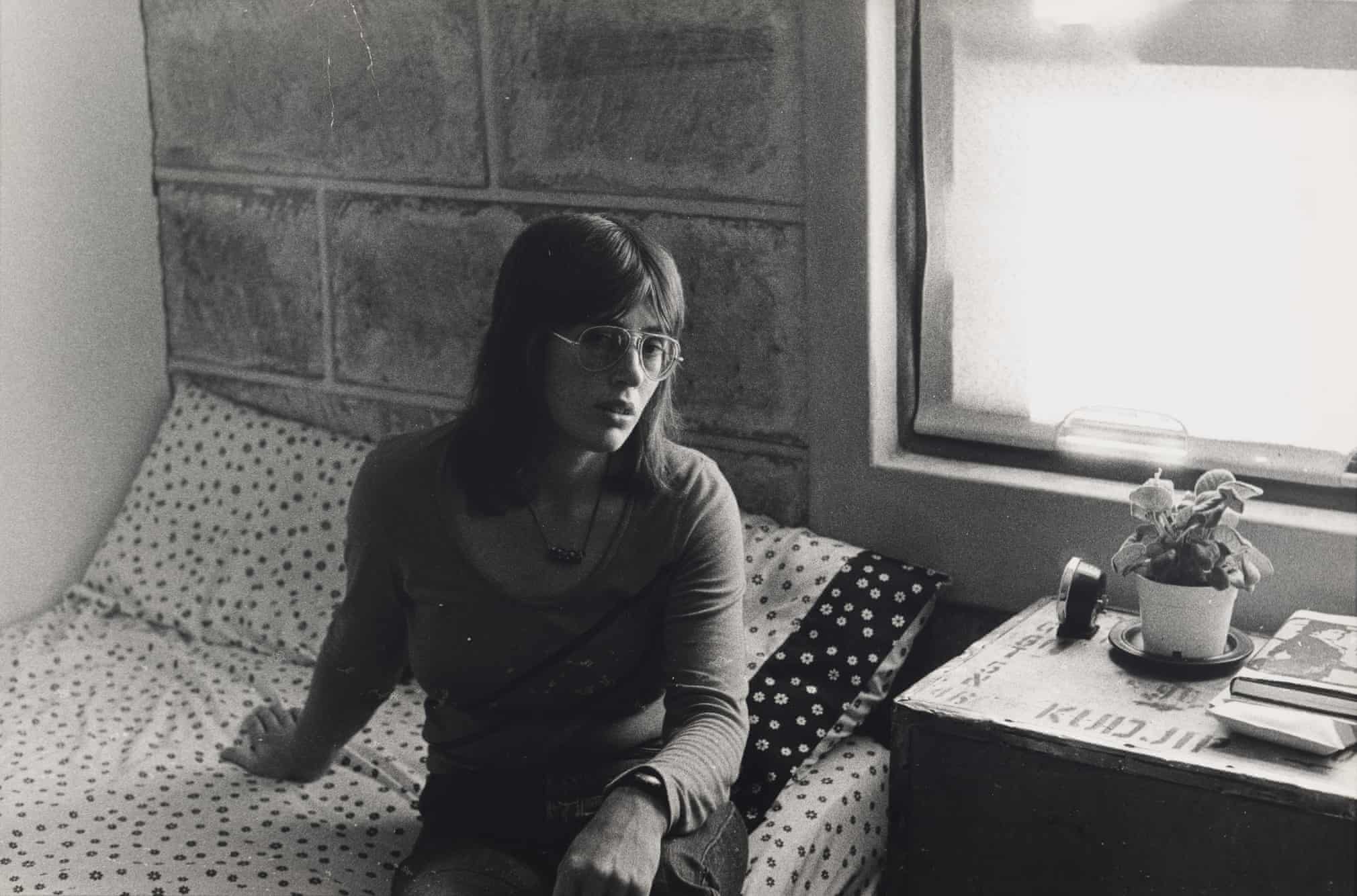
Anne Summers AO, writer and feminist, became involved in women’s rights as a student in Adelaide in the 1960s and during the early 70s became a leading activist. This is one of several photographs of Summers taken by Carol Jerrems for A Book About Australian Women, published in 1974. Taken when Summers was working on her first book, Damned Whores and God’s Police, it shows her in her two-room flat in Birchgrove, Sydney. Summers has said the portrait captures her anxiety about the book as well as the steeliness that eventually enabled her to complete it.
Photograph: Carol Jerrems/National Portrait Gallery

Artists’ studios are usually a combination of a workspace and a source of inspiration. Here, Australian sculptor Clement Meadmore is captured in his New York studio by Lewis Morley. Meadmore is known for his colossal steel works and maquettes of his geometric sculptures are dotted around the studio.
Photograph: Lewis Morley/National Portrait Gallery
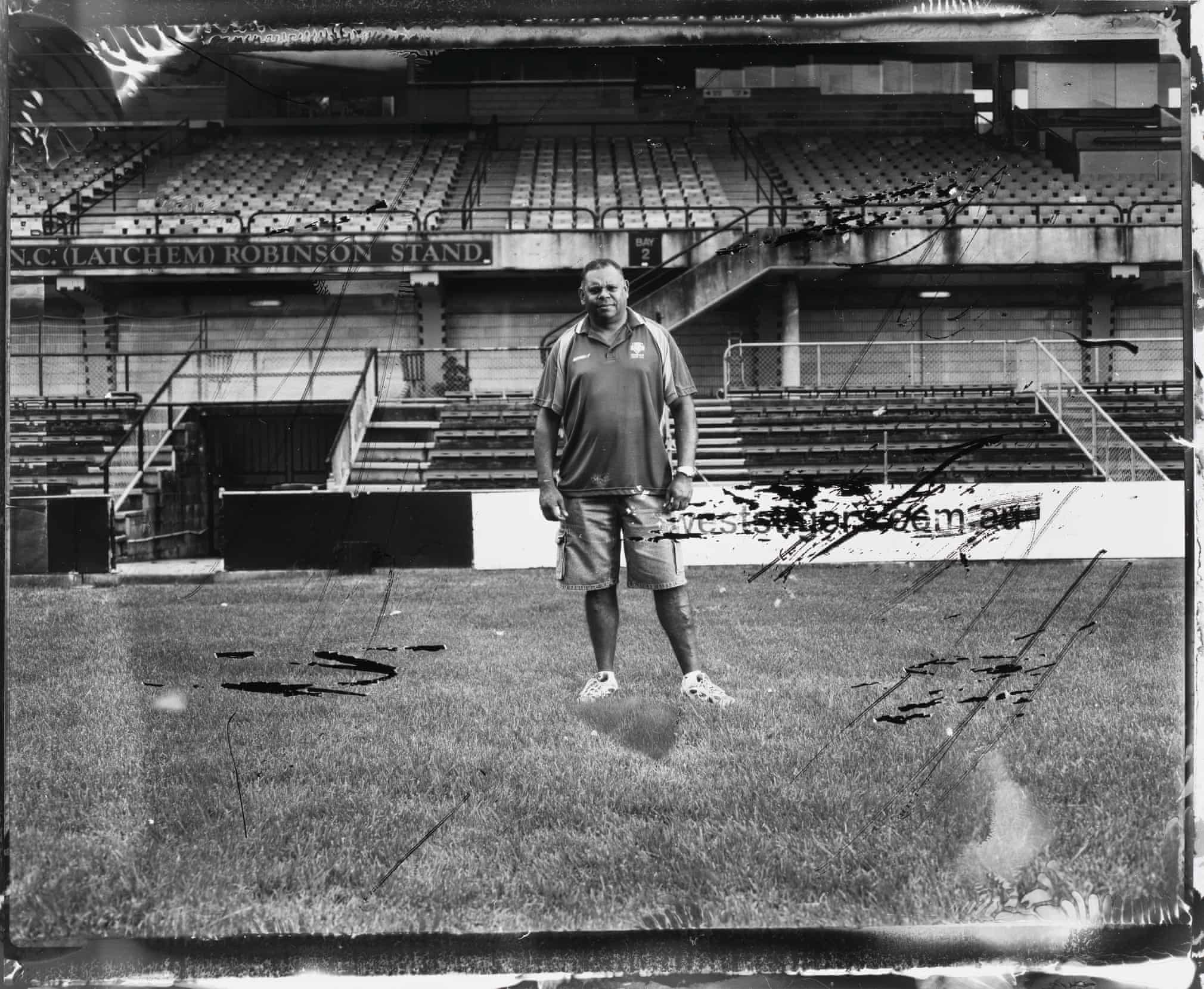
Larry Corowa is remembered as one of the fastest and most exciting wingers in rugby league history. In his debut season with the Balmain Tigers in 1978, Corowa scored a remarkable 24 tries. Long-time Sydney Morning Herald photographer Sahlan Hayes captured Corowa at Leichhardt Oval, the Tigers’ spiritual home.
Photograph: Sahlan Hayes/National Portrait Gallery
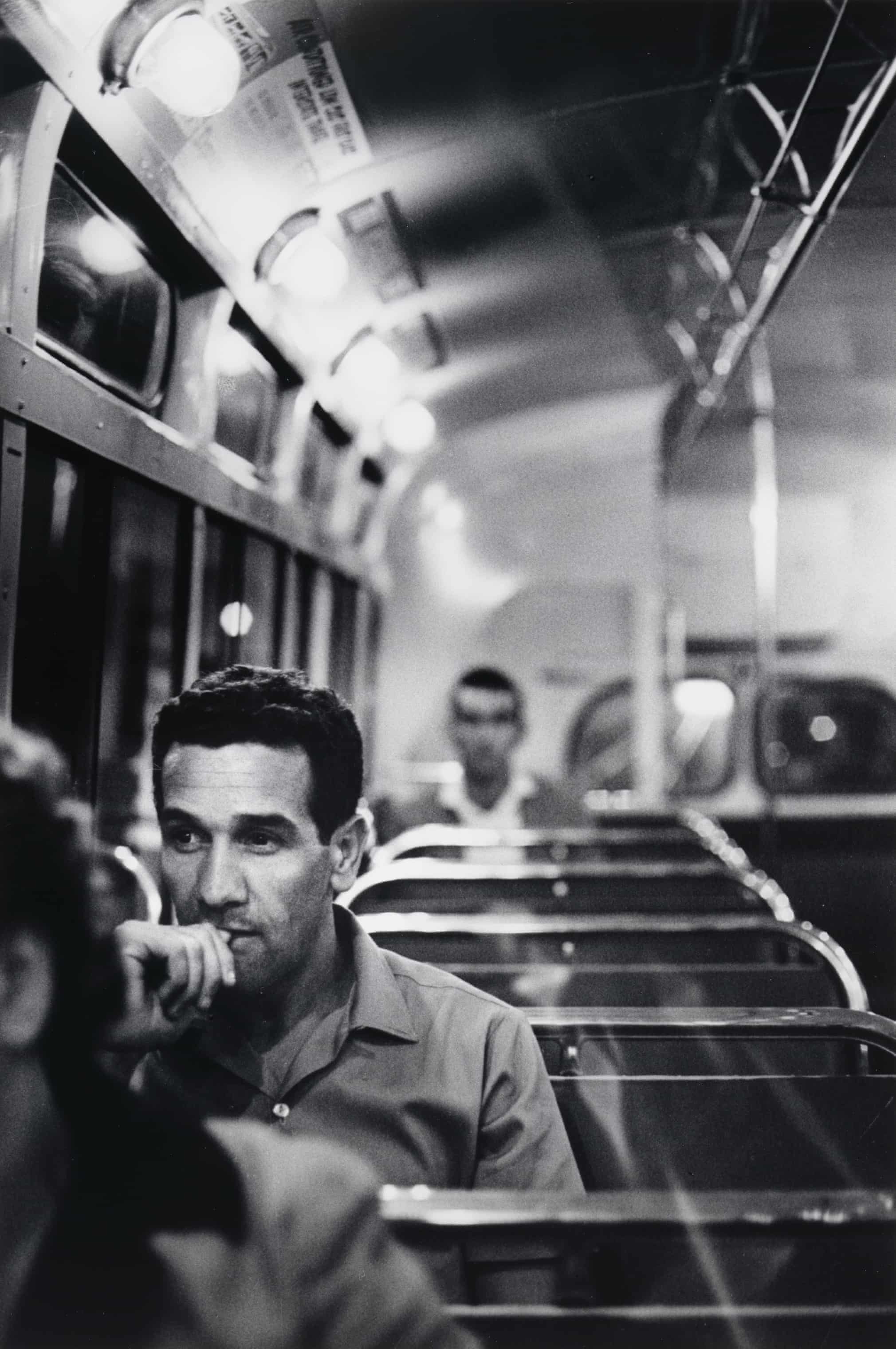
Charles Perkins AO (1936–2000) was for 35 years a leader of the Aboriginal rights movement. He graduated from the University of Sydney in 1966 and was the first Aboriginal person to gain a bachelor’s degree from an Australian university. That year, he was a prominent organiser of the anti-discrimination Freedom Rides through country New South Wales. Robert McFarlane recalls that he took this shot at night as Perkins was in transit between Tranby Aboriginal Cooperative College.
Photograph: Robert McFarlane/National Portrait Gallery
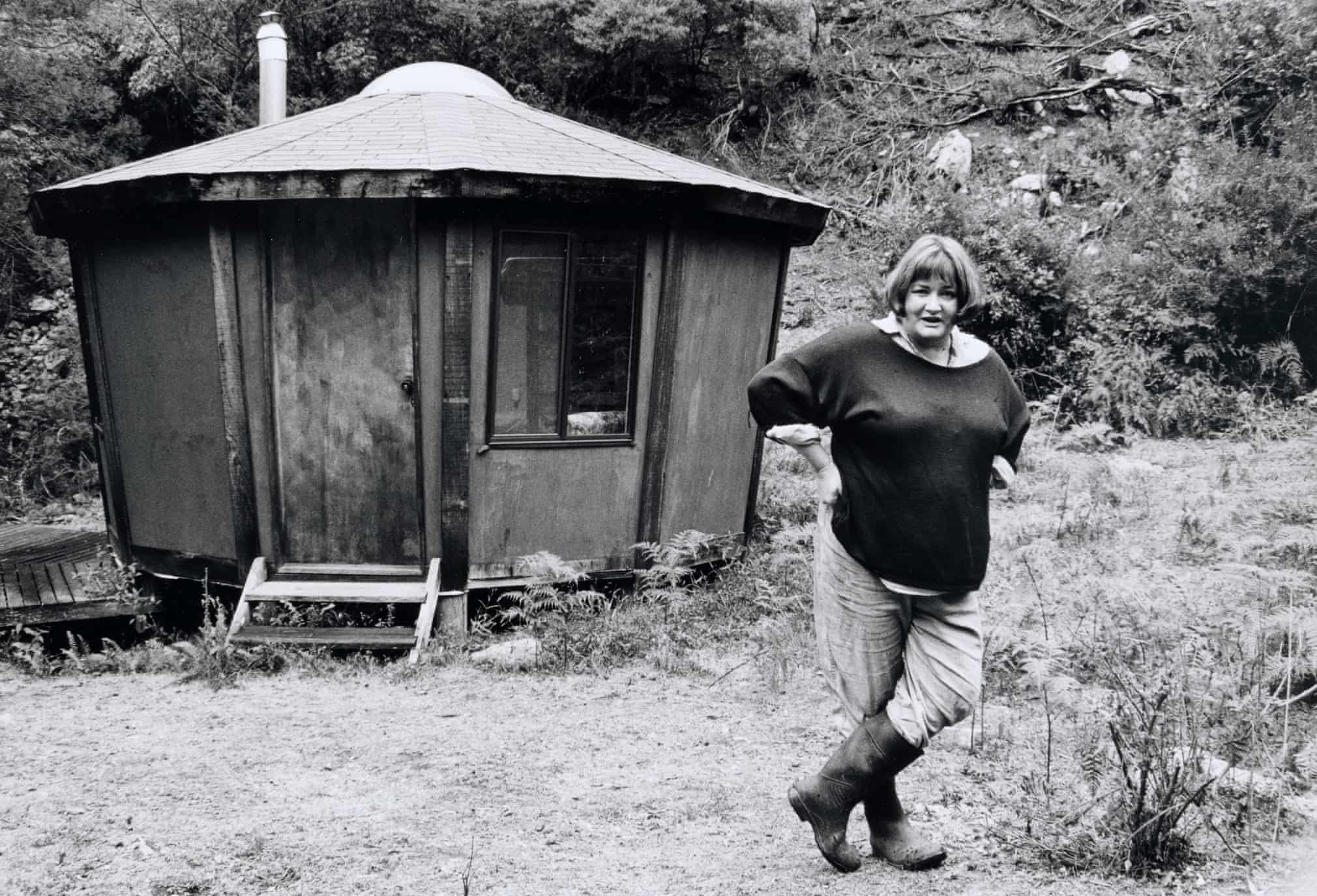
Jackie French is an author of children’s fiction and a columnist and ecologist. She is also a passionate gardener and wombat-enthusiast and is pictured at her home on a property near Braidwood.
Photograph: Terry Milligan/National Portrait Gallery
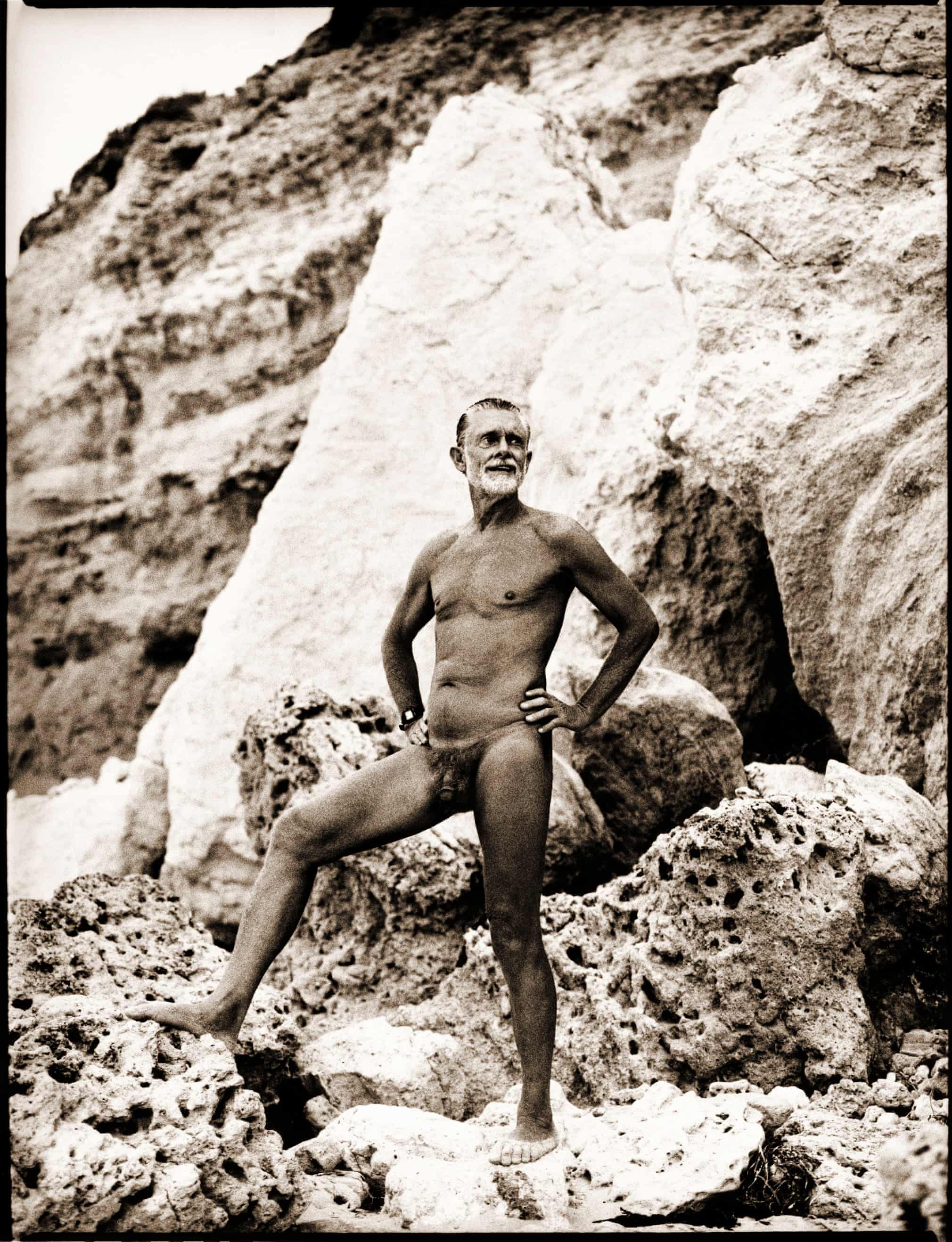
Robin Rhodes Millhouse, QC (1929–2017) was born in Adelaide and worked in politics and the judiciary across Australia and the South Pacific. A man of integrity and energy, colleagues remembered Millhouse on his death, aged 87, as a political maverick, a deeply religious man, and a committed athlete throughout his long life. He was also a keen nudist and a champion for the creation of Australia’s first declared nudist beach, Maslin’s Beach, south of Adelaide.
Photograph: Robin Sellick/National Portrait Gallery

Alexis Wright, author and activist, won the Miles Franklin Award in 2007 for her novel Carpentaria. A woman of the Waanyi nation of the Gulf of Carpentaria, Wright was raised by her mother and grandmother in Cloncurry. Ingvar Kenne’s portrait was taken near her home on the outskirts of Melbourne in 2009, not long after the Black Saturday bushfires had devastated the area. The photo was a finalist in the National Photographic Portrait Prize in 2010.
Photograph: Ingvar Kenne/National Portrait Gallery
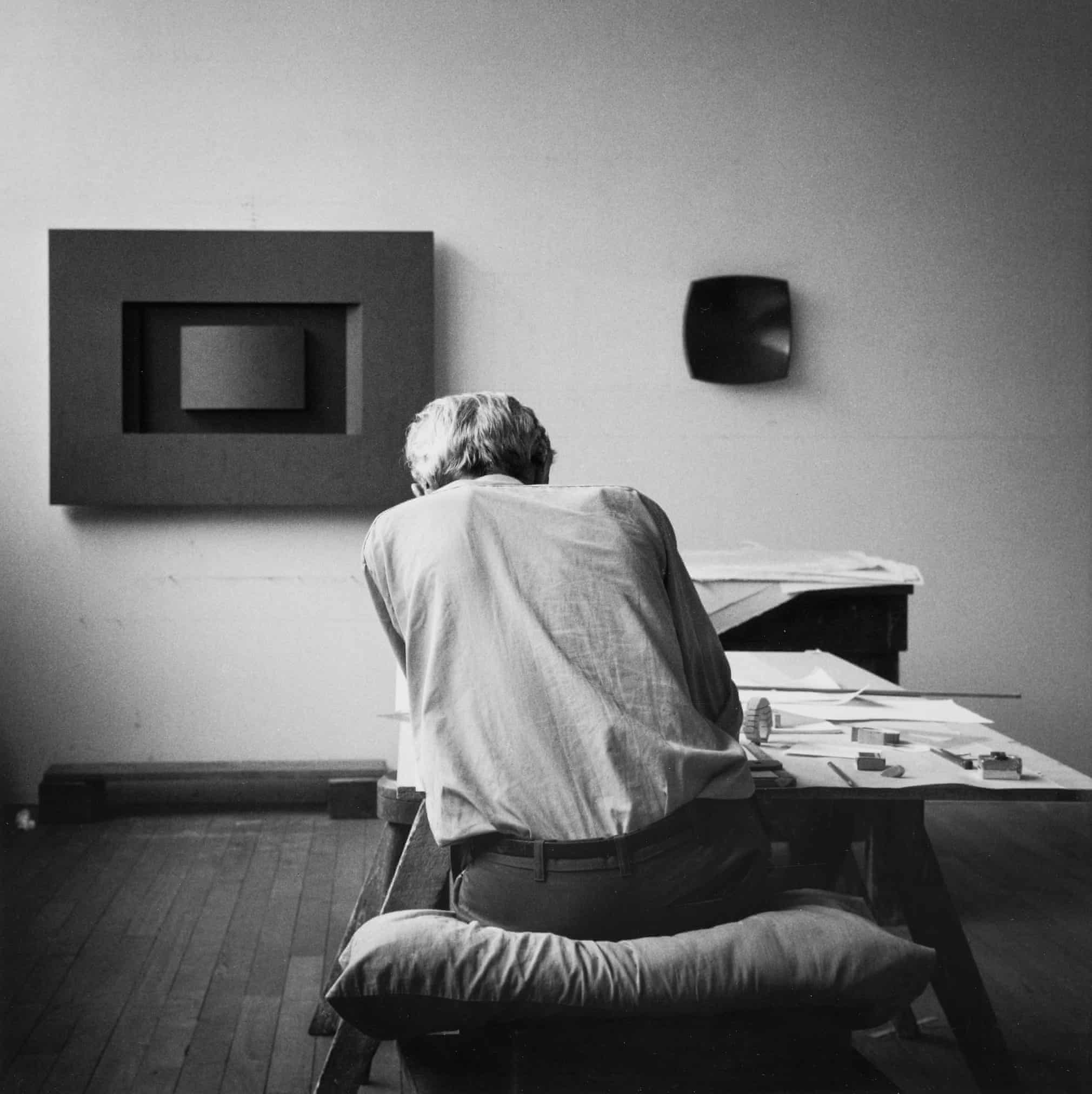
This photograph was shot at Howard Taylor’s studio in March 1988, while he was designing the sculpture that was a gift from the people of Western Australia to the new Parliament House in Canberra. Photographer John Austin writes that, having stopped taking photos, he asked Howard if he wanted a coffee. ‘Howard had already stopped sort-of-not-quite-posing and had returned to concentrating on the design.’
Photograph: John Austin/National Portrait Gallery
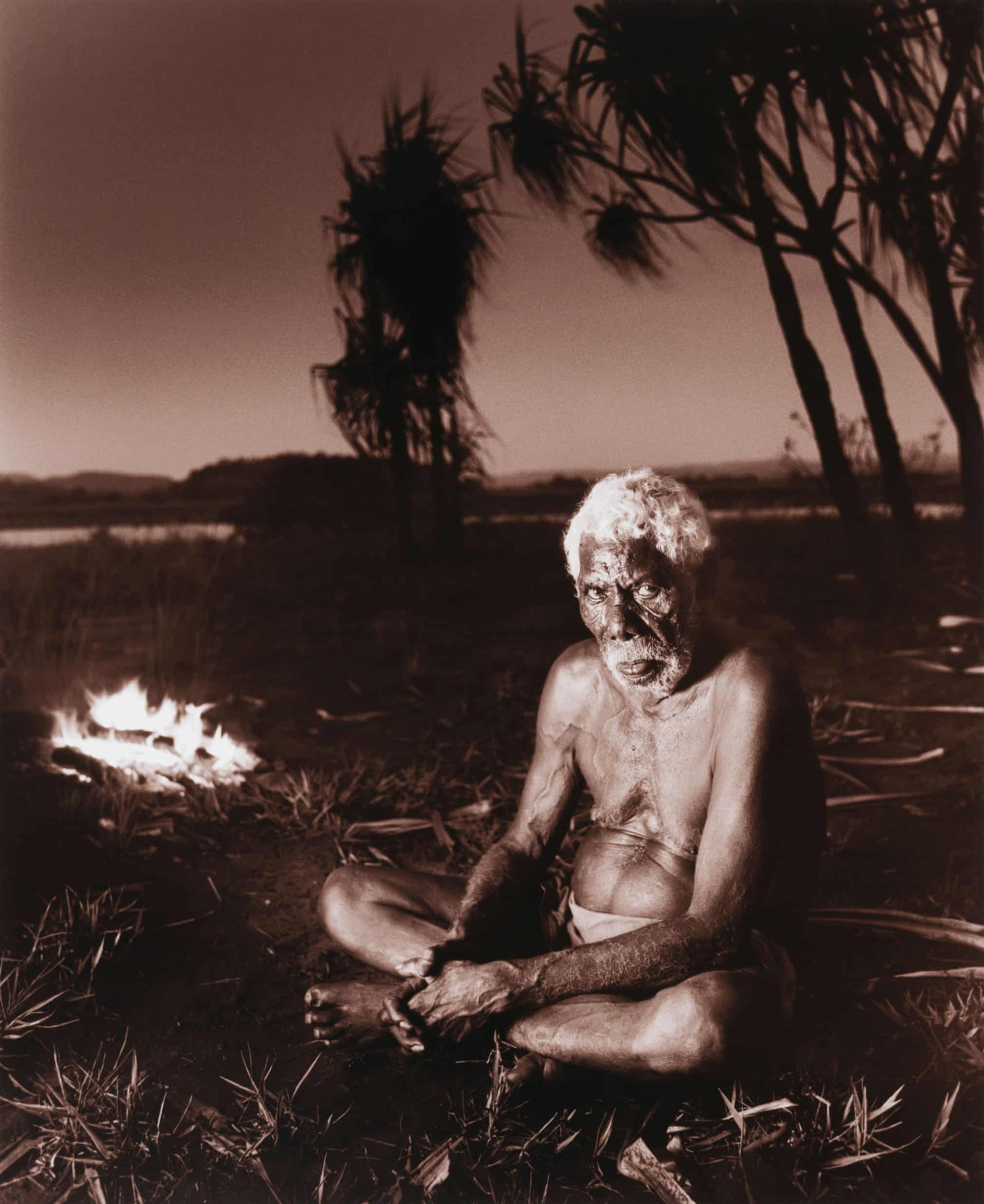
Bill Neidjie AO (c. 1913–2002), a Gagudju man, was the traditional custodian of the Kakadu area of the Northern Territory and was instrumental in securing national park status for the area in 1979. Mark Lang’s portrait shows Neidjie on the Nadab floodplain at Ubirr in Kakadu, and was taken while Lang was working as a ranger and learning about Gagudju culture.
Photograph: Mark Lang/National Portrait Gallery